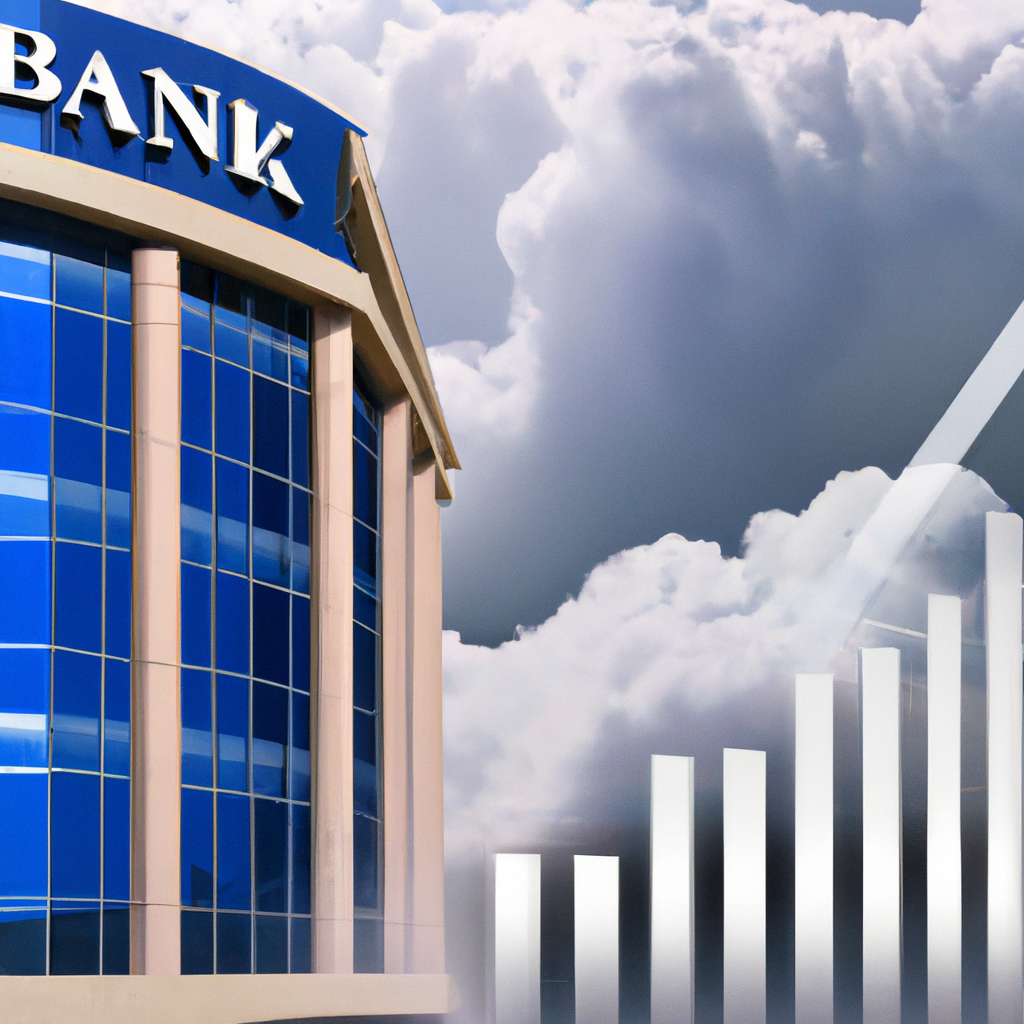With interest rates climbing to levels not seen in over two decades and inflation continuing to pressure consumers, major banks are bracing for increased risks tied to their lending operations.
In the second quarter, several big banks—JPMorgan Chase, Bank of America, Citigroup, and Wells Fargo—raised their provisions for credit losses compared to the previous quarter. These provisions represent funds set aside by financial institutions to cover potential losses related to credit risks, which include bad debt and various types of loans such as commercial real estate (CRE) loans.
JPMorgan increased its provision for credit losses to $3.05 billion, while Bank of America set aside $1.5 billion. Citigroup’s allowance for credit losses expanded to $21.8 billion by the end of the quarter, marking more than a tripling of its previous reserves. Wells Fargo’s provisions reached $1.24 billion.
The increased reserves indicate that banks are preparing for a riskier lending environment, where both secured and unsecured loans may lead to larger losses. A recent analysis from the New York Federal Reserve found that American households have amassed a total of $17.7 trillion in debt from consumer loans, student loans, and mortgages.
As people deplete their pandemic-era savings, the issuance of credit cards and delinquency rates are also rising. Credit card balances hit $1.02 trillion in the first quarter, the second consecutive quarter where the total surpassed the trillion-dollar mark, according to TransUnion. The commercial real estate sector remains in a vulnerable position.
Experts note that the ongoing economic recovery is influenced by stimulus measures that supported consumers during the COVID-19 pandemic. According to Brian Mulberry, a client portfolio manager at Zacks Investment Management, as the financial landscape shifts, banks must prepare for potential challenges.
Mark Narron, a senior director at Fitch Ratings, pointed out that the provisions seen during any quarter do not fully reflect the current credit quality but rather indicate banks’ expectations of future conditions. He emphasized that the focus has shifted from a reactive to a proactive approach regarding credit provisioning based on macroeconomic forecasts.
In the short term, banks anticipate a slowdown in economic growth, a rise in unemployment, and potential interest rate cuts scheduled for September and December. These factors could lead to an increase in delinquencies and defaults as the year progresses.
Citigroup’s chief financial officer Mark Mason mentioned that red flags in consumer behavior are particularly evident among lower-income groups, who have experienced significant decreases in savings since the pandemic.
Despite concerns, the current default rates do not signal an imminent consumer crisis. Mulberry highlighted a crucial distinction between homeowners and renters during the pandemic. Homeowners benefited from locking in low fixed rates on their mortgages, protecting them from rising costs, while renters have faced rising rental prices that have outpaced wage growth.
Over the last four years, rents have surged more than 30%, and grocery expenses have climbed 25%, placing additional pressure on renters’ budgets.
Despite these challenges, the latest earnings reports convey a positive picture of the banking sector. Narron noted strong revenues and profits, demonstrating resilience. While there are positive indicators, Mulberry cautioned that sustained high interest rates could introduce stress into the financial system.
